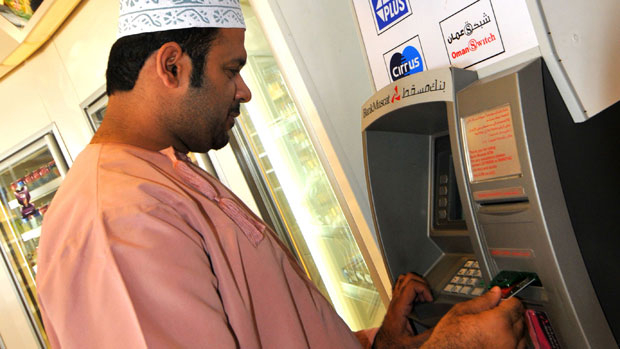
Dubai: Omani banks’ are likely to face further deterioration in asset quality in 2021 due to the lingering impact of economic disruption caused by the pandemic and the government’s restrictive fiscal policy, according to Fitch Ratings.
“We expect the sector’s Stage 3 loans ratio [credit losses, classified under IFRS-9] to increase by 100 basis points (bps) to 150bps from 4.4 per cent at end-2020 as borrower support measures expire and loan classification normalizes,” the raging agency said.
Oman’s GDP contracted by 4.9 per cent in 2020. Challenging economic conditions are likely to result in deterioration in banks’ asset quality and earnings, and potentially capitalisation.
Loan deferrals pose risks
The proportion of restructured loans (4 per cent at end-2020) is expected to rise this year.
Corporate loan deferrals are significant and, unless extended, will pose sizeable risks to asset quality when they expire in September.
Total loan deferrals, either during or at the end of 2020, varied significantly among banks, ranging from 6 per cent to 50 per cent of gross loans, based on outstanding principal and related balances.
A culture of restructuring and renegotiation of loans instead of enforcement may mean that impaired loans numbers will remain understated.
“We believe the share of restructured loans (4 per cent of sector loans at end-2020) is likely to rise - widening the gap between banks' impaired loans ratios and underlying asset quality. We also believe an extension of regulatory forbearance is a possibility if market conditions fail to improve,” said Marc Ellsmore, an analyst at Fitch.
The sector’s expected credit losses increased to 4.1 per cent of gross loans at end-2020 as banks front-loaded provisions. However, some banks’ loan impairment charges appear low given widespread payment deferrals and the likely extent of GDP contraction.
Profitability outlook
Bank profitability deteriorated in 2020 due to tighter liquidity conditions and a sharp increase in loan impairment charges. Profitability is likely improve modestly in 2021due to a gradual pick-up in lending, but the slow economic recovery and the still-high cost of risk (loan impairment charges/gross loans) will limit the upside.
Capitalisation and liquidity
Fitch expects regulatory capital ratios to be stable in 2021, reflecting modest credit growth and prudent shareholder distributions.
The sector’s common equity Tier 1 and total capital ratios of 13.8 per cent and 18.4 per cent, respectively, at end-2020 indicate generally adequate buffers to absorb additional losses.
Liquidity conditions tightened during 2020 as some large government deposits exited the banking system.
But as the need for the authorities to withdraw deposits from the banking system has decreased due to the rebound in oil prices, the recent introduction of VAT, and the sizeable sovereign issuance planned for 2021. Nevertheless, deposit outflows, combined with the normalisation of savings rates as economic activity picks up, could put pressure on banks’ liquidity.
Sovereign support
Fitch believes that the Omani authorities have a high propensity to support all domestic banks, irrespective of size, due to the high contagion risk (small number and high concentration of banks in the system), and the high level of direct exposure to the sector, notably in the form of public sector deposits but also shareholdings.
Additionally, the banking system is key in building the local economy as local banks are virtually the only source of finance for all but the largest private sector companies.
However, the rating agency said the authorities' financial flexibility and ability to provide extraordinary support to the banking sector, if needed, as limited due to the continued erosion of Oman's fiscal and external balance sheets exacerbated by the coronavirus pandemic.
To cushion financial risks stemming from the pandemic, ensure the continued availability of bank credit, and support affected borrowers, the Central Bank of Oman (CBO) has implemented a raft of support measures since March 2020.
A reduction in the banks’ Capital Conservation Buffer to 1.25 per cent (previously 2.5 per cent); as a result, minimum CET1 requirements fell to 8.25 per cent from 9.5 per cent.
An increase in the maximum loan-to-value ratio for housing loans (applicable to first-time buyers only) from 80 per cent to 90 per cent.
For banks, subject to CBO approval, to temporarily operate with a liquidity coverage ratio of below 100 per cent, provided that a minimum liquidity coverage ratio of 75 per cent is maintained.
The creation of a job security fund which came into force on 1 November 2020 and applies a levy on all employers in Oman to cover Omani employees for a limited time after they have lost their income.
Temporary payment deferrals for affected retail and corporate borrowers (recently extended to September 2021).








